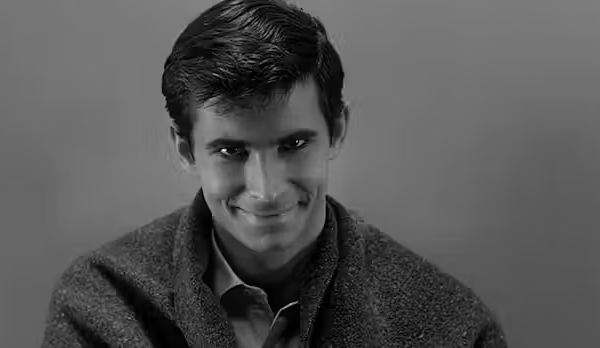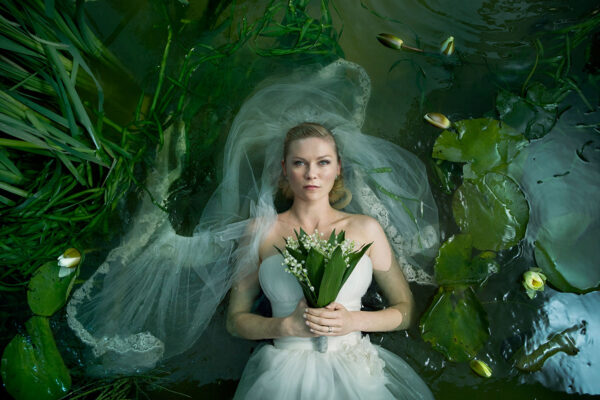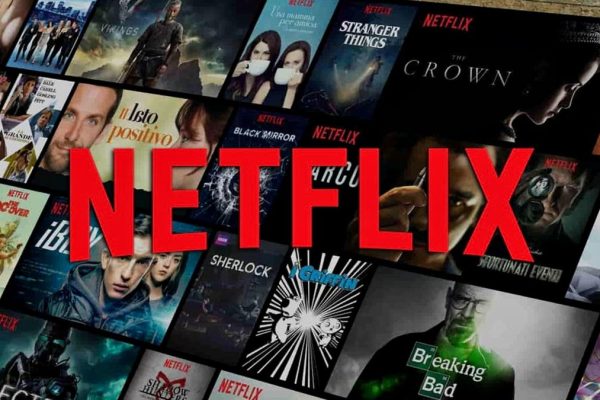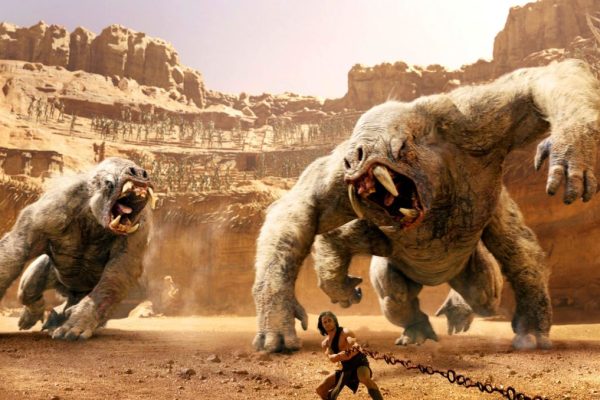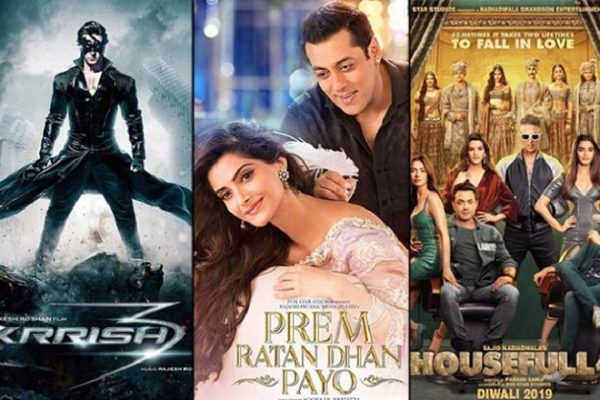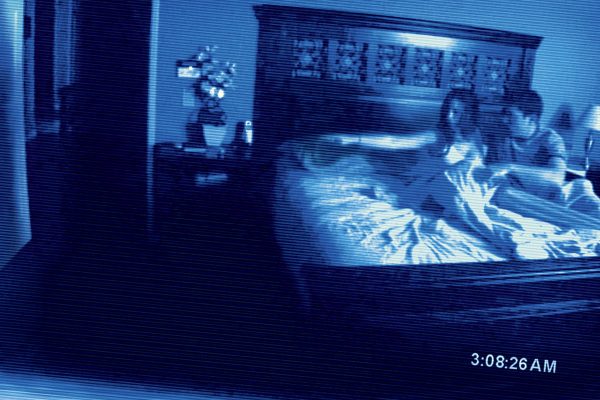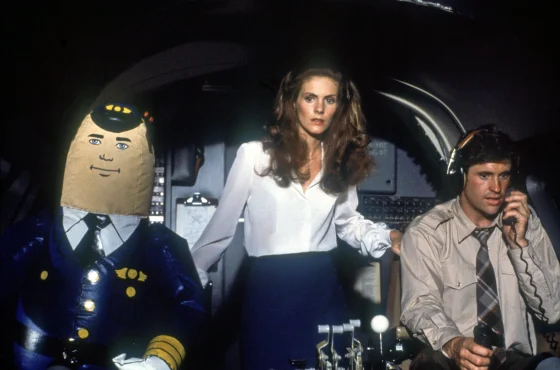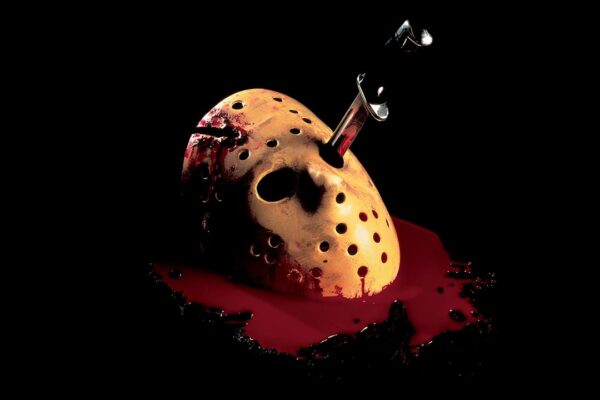
Here’s Every ‘Friday The 13th’ Movie – Ranked!
When Friday the 13th was released, it was initially conceived to capitalize on the horror success of John Carpenter’s Halloween. However, Jason Voorhees quickly became a slasher icon, often considered a rival to Michael Myers. While critics didn’t always love the franchise, it built an enormous fanbase, eventually becoming the highest-grossing horror franchise until the release of the 2018 Halloween direct sequel. The series has spanned multiple sequels, a crossover, and a reboot, each film making various changes to keep fans engaged. Some installments soared while others left much to be desired. In honor of this beloved franchise, here’s how all the Friday the 13th movies rank from worst to best. 12. JASON X (2001) – Jason in Space: The Worst of the Worst What happens: In the far future, Jason is revived on a spaceship after being frozen in time. He picks up right where he left off, slashing his way through a futuristic crew.What’s new: The franchise had run out of ideas, so they decided to send Jason to space, where he gets an upgraded look and futuristic weapons.Where’s Jason? After being captured by the government in 2010, he’s frozen and ends up in space 447 years later.Standout scene: Jason freezes a woman’s face in liquid nitrogen, then shatters it – a bizarre and memorable kill.Kill count: 23 kills (21 Jason kills, 2 accidental deaths)Is it any good? Jason X was undeniably a goofy attempt at reinvigorating the series. Unfortunately, it missed the mark and ended up being more of a joke than a scary slasher. 11. JASON GOES TO HELL: THE FINAL FRIDAY (1993) – Jason as a Ghost What happens: After Jason’s body is destroyed, his spirit possesses others, continuing his killing spree through different hosts.What’s new: This entry introduces a supernatural twist, revealing that Jason’s essence can move from body to body.Where’s Jason? Technically still around, though he’s now a wandering spirit.Standout scene: Freddy Krueger’s clawed hand appears in the final moments, teasing a crossover that never materialized.Kill count: 21 kills (19 Jason kills, 2 accidental deaths)Is it any good? Jason Goes to Hell feels more like a cash grab, with its lack of logic and clumsy supernatural elements, leaving fans frustrated and confused. 10. FRIDAY THE 13TH PART VII: THE NEW BLOOD (1988) – Jason Meets “Carrie” What happens: A telekinetic teenager accidentally revives Jason, leading to a battle between the two.What’s new: A psychic teen gets involved, making this one of the more bizarre entries in the series.Where’s Jason? Chained at the bottom of Crystal Lake, but not for long.Standout scene: The now-iconic “death by sleeping bag,” where Jason smashes a woman in a sleeping bag against a tree.Kill count: 15 Jason killsIs it any good? The New Blood tried to blend the Carrie supernatural angle into the slasher formula, but it ended up feeling forced and shallow, doing little to revive the franchise. 9. FRIDAY THE 13TH (2009) – A Lackluster Remake What happens: A reboot of the first three films, with Jason taking on new and more elaborate traps under the campgrounds.What’s new: This film tries to return Jason’s menace, portraying him as a more tactical killer.Where’s Jason? Living in an underground maze beneath Crystal Lake, rigged with homemade traps.Standout scene: A twist near the end surprises the audience by making us question who the final girl is.Kill count: 16 kills (14 by Jason)Is it any good? While it tries to modernize the series, it fails to breathe new life into the saga, leaving the film feeling like a standard slasher without much excitement. 8. FRIDAY THE 13TH PART VIII: JASON TAKES MANHATTAN (1989) – Jason in New York (Sort of) What happens: After a bunch of teens take a cruise to New York, Jason starts his usual killing spree – but he’s only in Manhattan for the last 20 minutes.What’s new: Jason’s journey takes him out of Crystal Lake, with a pitstop in the Big Apple.Where’s Jason? He’s revived again, this time on a cruise ship heading to New York.Standout scene: Jason punches someone’s head clean off in a hilarious boxing match.Kill count: 19 kills (18 by Jason, 1 accidental death)Is it any good? Jason Takes Manhattan feels like a missed opportunity, as the majority of the film is set on a boat rather than in New York, making the promise of a city showdown feel like a letdown. 7. FRIDAY THE 13TH: A NEW BEGINNING (1985) – No Jason (Sort of) What happens: Tommy Jarvis, traumatized by his past with Jason, begins to fear for his life when another masked killer starts murdering people.What’s new: For the first time, the killer is not Jason, but a copycat.Where’s Jason? Not present, as this entry focuses on a different villain.Standout scene: A gruesome and memorable death in an outhouse, as well as a wet t-shirt moment that became iconic.Kill count: 19 copycat killsIs it any good? A New Beginning tried something different by not including Jason, but the absence of the iconic killer left fans frustrated despite some interesting twists. 6. FRIDAY THE 13TH PART III (1982) – 3D Slasher Madness What happens: A new group of teens visit a lake house, only to fall victim to Jason.What’s new: This is the first film in which Jason wears the now-famous hockey mask. The movie also takes advantage of 3D filmmaking, making kills more visceral.Where’s Jason? He’s stalking the campers from a nearby cabin.Standout scene: Jason’s iconic hockey mask debut is an unforgettable moment in horror history.Kill count: 12 Jason killsIs it any good? The use of 3D provides some fun, but the weak special effects take away from the overall tension and terror. Despite that, it’s a solid slasher film. 5. FREDDY VS. JASON (2003) – Clash of the Icons What happens: Freddy Krueger resurrects Jason to terrorize Elm Street in a battle to regain his power.What’s new: Freddy and Jason face off in a crossover event, uniting two of horror’s most famous villains.Where’s Jason? Freddy manipulates Jason to help…
